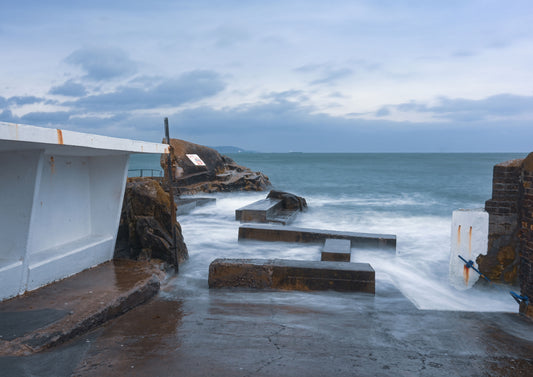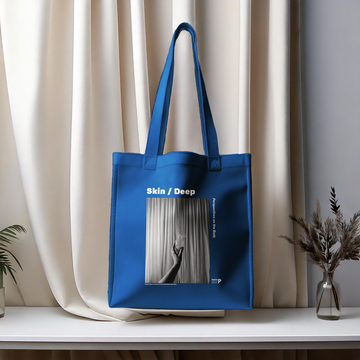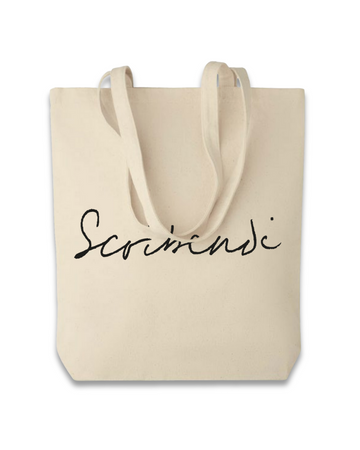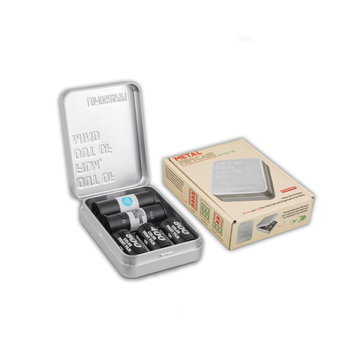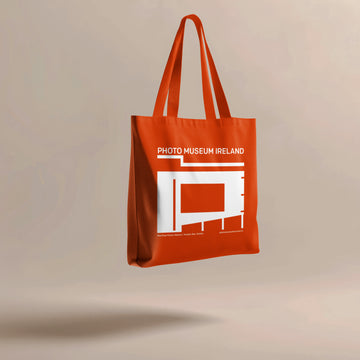
Casa Susanna The Story of the First Trans Network in the United States, 1959-1968
Description
More
Less
Casa SusannaThe Story of the First Trans Network in the United States, 1959-1968
In the 1950s and '60s, an underground network of transgender women, gender nonconforming people, and men who dressed as women found refuge at a modest house in the Catskills, New York. Known as Casa Susanna, the house provided a safe place to express their true selves and live for a few days as they had always dreamed—dressed as and living as women without fear of being incarcerated or institutionalized for their self-expression.
Casa Susanna opens up that now-lost world. The photographs—mostly discovered by chance in a New York flea market in 2004—chronicle the experiences of these women in states of relaxation, experimentation, connection, and joy. All of this was made possible by Susanna Valenti who—on her own journey toward womanhood—created Casa Susanna, a protected space where others could do the same. Supplementing the images, excerpts from the magazine Transvestia record a different kind of space where those who had been outcast by a rigidly binary society could connect.
The people who came to Casa Susanna found a space where they could explore and celebrate their own and each other’s femininity, as they could not elsewhere. Their creations are also a reminder that there were, and still are, many ways to explore the boundaries of gender.
Contributors
Isabelle Bonnet
Author
Isabelle Bonnet is an independent curator, currently completing a thesis in history/visual culture devoted to the crime scene in contemporary photography.
Sophie Hackett
Author
Sophie Hackett is the curator of photography at the Art Gallery of Ontario, Toronto.
Susan Stryker
Introduction By
Susan Stryker is professor emirata of gender and women's studies at the University of Arizona.
Description
Casa SusannaThe Story of the First Trans Network in the United States, 1959-1968
In the 1950s and '60s, an underground network of transgender women, gender nonconforming people, and men who dressed as women found refuge at a modest house in the Catskills, New York. Known as Casa Susanna, the house provided a safe place to express their true selves and live for a few days as they had always dreamed—dressed as and living as women without fear of being incarcerated or institutionalized for their self-expression.
Casa Susanna opens up that now-lost world. The photographs—mostly discovered by chance in a New York flea market in 2004—chronicle the experiences of these women in states of relaxation, experimentation, connection, and joy. All of this was made possible by Susanna Valenti who—on her own journey toward womanhood—created Casa Susanna, a protected space where others could do the same. Supplementing the images, excerpts from the magazine Transvestia record a different kind of space where those who had been outcast by a rigidly binary society could connect.
The people who came to Casa Susanna found a space where they could explore and celebrate their own and each other’s femininity, as they could not elsewhere. Their creations are also a reminder that there were, and still are, many ways to explore the boundaries of gender.
Contributors
Isabelle Bonnet
Author
Isabelle Bonnet is an independent curator, currently completing a thesis in history/visual culture devoted to the crime scene in contemporary photography.
Sophie Hackett
Author
Sophie Hackett is the curator of photography at the Art Gallery of Ontario, Toronto.
Susan Stryker
Introduction By
Susan Stryker is professor emirata of gender and women's studies at the University of Arizona.
You May Also Like


